Flower Meanings
Lily of the Valley
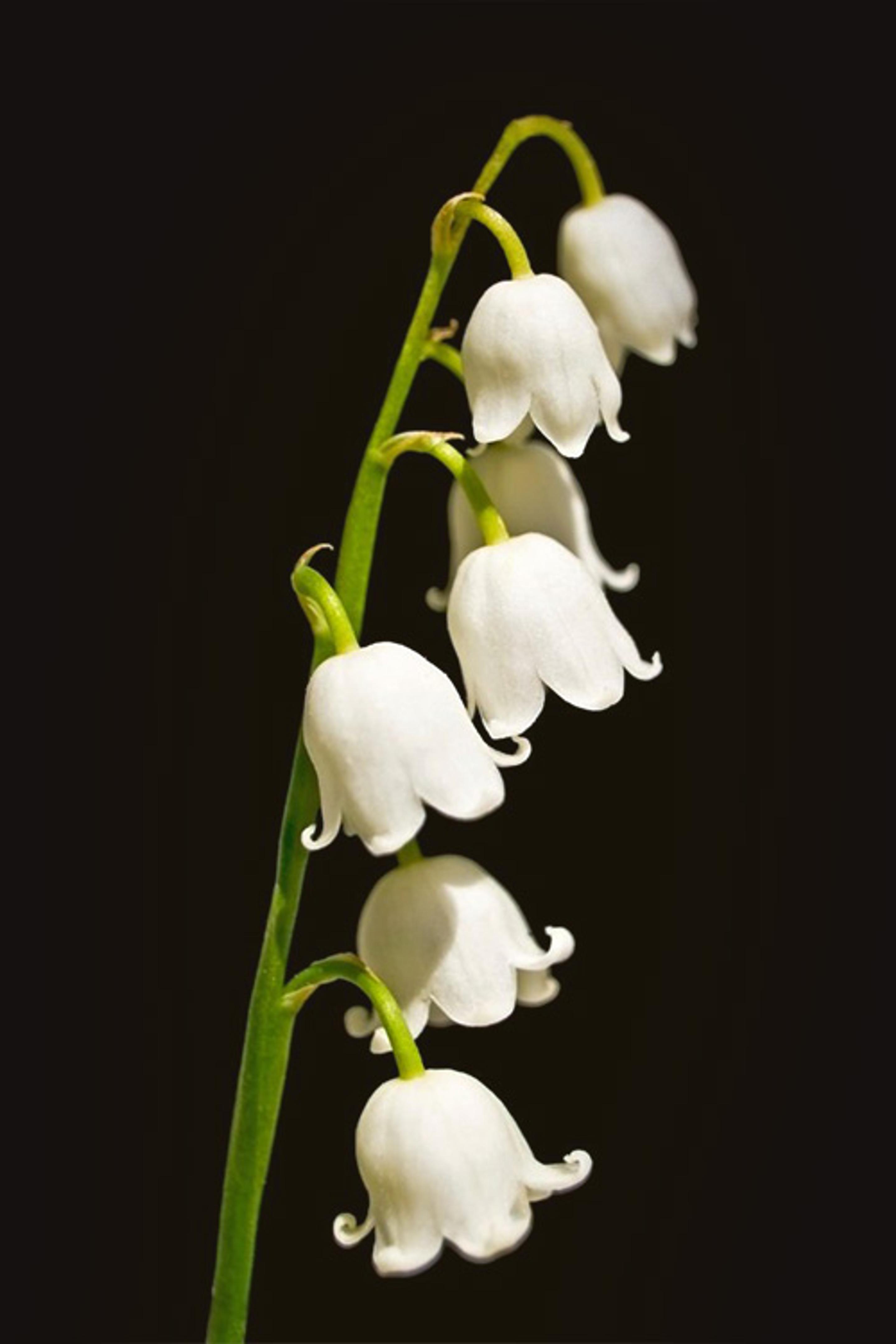

The Meaning of Lily of the Valley
Lily of the valley was first imported from Japan in the Middle Ages and is still known today for its incredibly rich and captivating history.
At the beginning of the 20th century, the French began selling lily of the Valley on May 1st, as a symbol of the spring season, work, and a successful harvest.
If you gifted a bouquet of lily of the valley to someone you love, it was a symbol of good luck and prosperity.
While this is all fine and dandy, the lily of the valley’s story is not all sunshine and rainbows. Cue the drama.
These blooms are extremely poisonous and can cause pain, vomiting, or red skin rashes if ingested.
Pro tip: Before gifting this bloom to a friend, be sure they know it is toxic! (Not that we’d imagine anyone would eat it…but you just never know these days).
In some cases, the lily of the valley can symbolize sadness or pain due to a loss or death—which is why you may see these blooms often featured in funeral arrangements.
Lily of the valley is also a symbol of serenity. This stems from their bell-like shape. Many believe that these little bells can call on good spirits and deliver good fortune to those who receive them. Some even believe these blooms can communicate with the outside world…spooky! For this reason, many people used to keep these blooms in their homes to get rid of any bad vibes.
Like most flower meanings, we simply have to dive into some Greek mythology…it’s unavoidable at this point. Legend has it, the sun god, Apollo, was growing lily of the valley blooms along a passage to the woods. Ok, a little creepy, but we’re here for it. It was believed that the flowers protected the delicate feet of Apollo’s nine muses while they walked through the forest. Because of this, lily of the valley also symbolizes delicacy and kindness.
Lily of the valley also has a place to call home in Christianity. A common symbol in the Christian tradition, many refer to this bloom as “our lady’s tears,” deriving from the Virgin Mary crying for her crucified Son, Jesus. Lily of the valley blooms were taken to the gates of heaven to measure the purity of the heart and soul. It’s also believed that the blooms symbolize the tears of Eve after God expelled her from the Garden of Eden.
Many also use the lily of the valley to represent humility and the purity of Jesus Christ.
Those in Romania share these beliefs to some extent. The lily of the valley is a common symbol of tears in Romanian culture. This belief stems from an old story of a girl who lost her parents and was sent to an orphanage. Sad and distraught, the girl cried at her parent’s graves. Later on, lily of the valley started to grow where her tears met the ground.
Oh, you thought we were done? Not quite! Let’s jump back in time to the month of May in medieval England. During May, the people of England celebrated the spring season by dancing. They called one of these dances “the courtship,” which required young men to hang a bundle of lily of the valley blooms in the doorway of their beloved’s house. If the young girl came to the dance with the blooms in her hair, it meant that she had accepted her admirer’s invitation. Sigh, isn’t it romantic?
May Flower of the Month
Lily of the valley is the birth month flower of May! These blooms make the perfect gift for any May birthdays or for a spring wedding.
What Does Lily of the Valley Smell Like?
If there’s one thing lily fo the valley is known for, it’s its delightful, fresh scent! Lily of the valley has a light, perfumy, spring-like aroma.
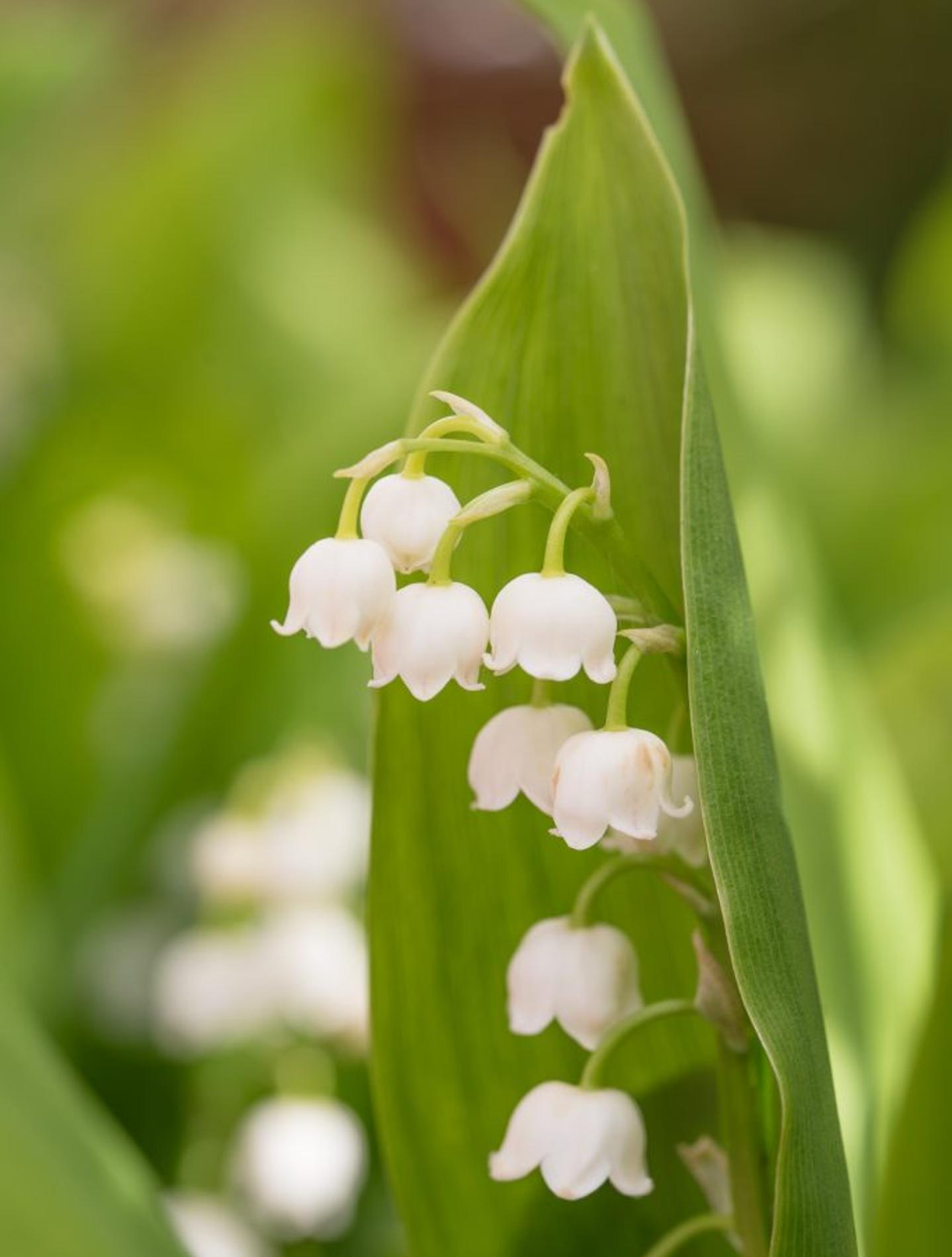
"I would far rather have two or three lilies of the valley gathered for me by a person I like, than the most expensive bouquet that could be bought!"
Elizabeth Gaskell
The History of Lily of the Valley
May 1st, French Renaissance, and one of the most popular legends of the lily of the valley’s existence!
In 1560, the King of France, Charles IX, and his mother, Catherine de’ Medici, visited the Drome region.
According to legend, a man named Louis de Girard gave the king fresh lily of the valley blooms from his personal garden. King Charles adored the sweet scent of these blooms so much that he took them with him on all his outings from then on.
He began offering lily of the valley to the ladies in his court during the spring when they started to bloom. This tradition spread throughout the country, and lily of the valley became a symbol of good luck throughout the country.
That all well and good, but like every good story, there are always two sides!
Another version of this story tells of Catherine de’ Medici and Louis. Legend has it, Catherine sent Louis on a secret mission. Upon his return, as a sign of his success, he gave a bouquet of lily of the valley to King Charles.
Now, we’re going to take you way back when—all the way to the 6th century. Let’s set the scene, shall we?
- 6th Century
- A forest in West Sussex, England
- The blood of a French saint and martyr known as St. Leonard
St. Leonard’s valiant battle with a dragon, while ending in victory, it also ended with the French saint’s blood splattering and seeping into the supple ground below. It’s believed that God made white lily of the valley blooms sprout from the ground wherever the victorious saint’s blood was shed. To this very day, the floor of St. Leonard’s forest is thickly covered in these beautiful blooms. [2]
DID YOU KNOW - Lily of the Valley Fun Fact
Lily of the valley leaves were historically cultivated to produce green pigment. [4]
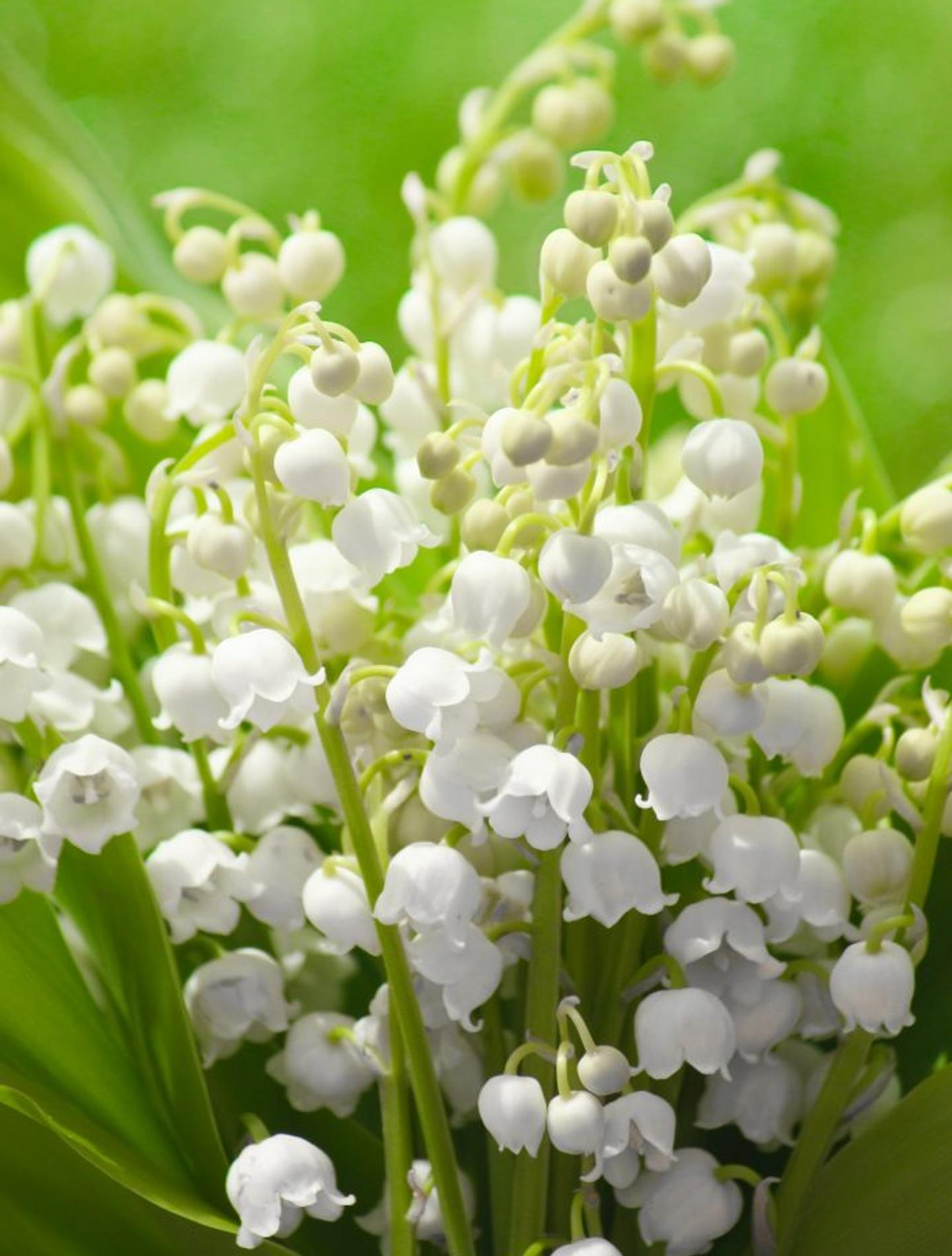
How to Grow Lily of the Valley
Lily of the valley have been around since at least 1000 B.C., and remain one of the most fragrant blooming plants throughout the northern temperate zone.
These blooms are generally easy to care for, which is excellent news for those of us looking to add some of these blooms to our garden! The main thing to take note of is where and when to plant.
Let’s dig into it:
When purchasing Lily of the valley to plant, look for the following cultivars:
- Convallaria majalis ‘Albostriata’: Dark leaves with white or cream longitudinal stripes
- ‘Aureomarginata’: Cream to yellow-edged leaves
- Rosea: A pink variety – not as vigorous as the white-flowered species, but very pretty
- Convallaria majuscule ‘Greene’: This North American native is great for naturalistic ground cover and provides a carpet of beauty between other native plants
Knowing when to plant lily of the valley is essential to ensure its survival.
The best time to plant lily of the valley is in the late fall, as the cool winter temperatures are a must for a proper dormancy period. (Take care when planting – lily of the valley is poisonous! Be sure to keep pets and children away). [5]
When it comes to choosing a planting spot, these blooms will grow vigorously in just about any location with a bit of shade. Because they are a friend of shaded and wooded areas, gardeners usually use them under trees where many other plants won’t grow.
Plant the rhizomes about 6 inches apart from one another with the growth buds buried about ½ inch deep.
Once established, lily of the valley doesn’t really require too much attention, simply water during dry spells and let the rain do the rest!
Lily of the valley prefers partial sun to full shade. Direct morning sun is okay too, but be sure your plants are protected from harsh afternoon sun.
Plant your lily of the valley in organically rich soil with good drainage (these beauties prefer consistently moist but not soggy soil, soil that is too dry will impede its growth). [6]
DID YOU KNOW - Lily of the Valley Fun Fact
Lily of the valley belongs to the asparagus family. [4]
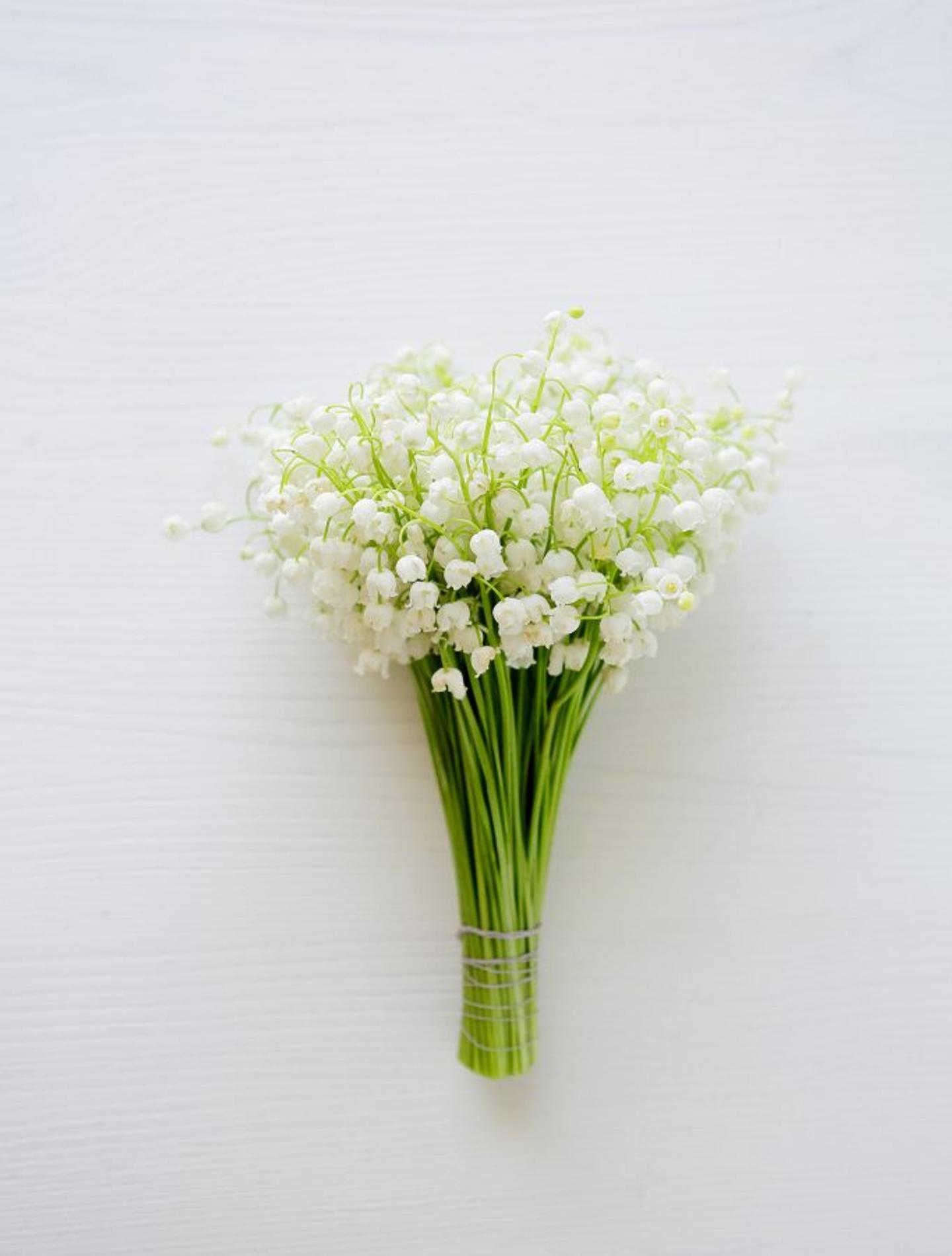
How to Care for Lily of the Valley
Whether you’ve received lily of the valley as a gift, are snipping a few stems from your garden, or want to preserve leftover blooms from your big day, here are some tips to help keep your fresh cut lily of the valley in tip-top shape:
- If trimming from the garden, cut your lily of the valley when ¼ of the buds are open
- Remove foliage that will fall underneath the water line
- Place in a smaller vase or container
- Keep your fresh cut blooms in a cool place with medium light
- Change the water every other day [7]
When to Give Lily of the Valley as a Gift
As the birth flower of May, lily of the valley is perfect for anyone with a May birthday! Since it’s also known as a symbol of happiness, these blooms are a great gift for someone you care about or who makes you smile.

References:
Flower Meanings — keep discovering
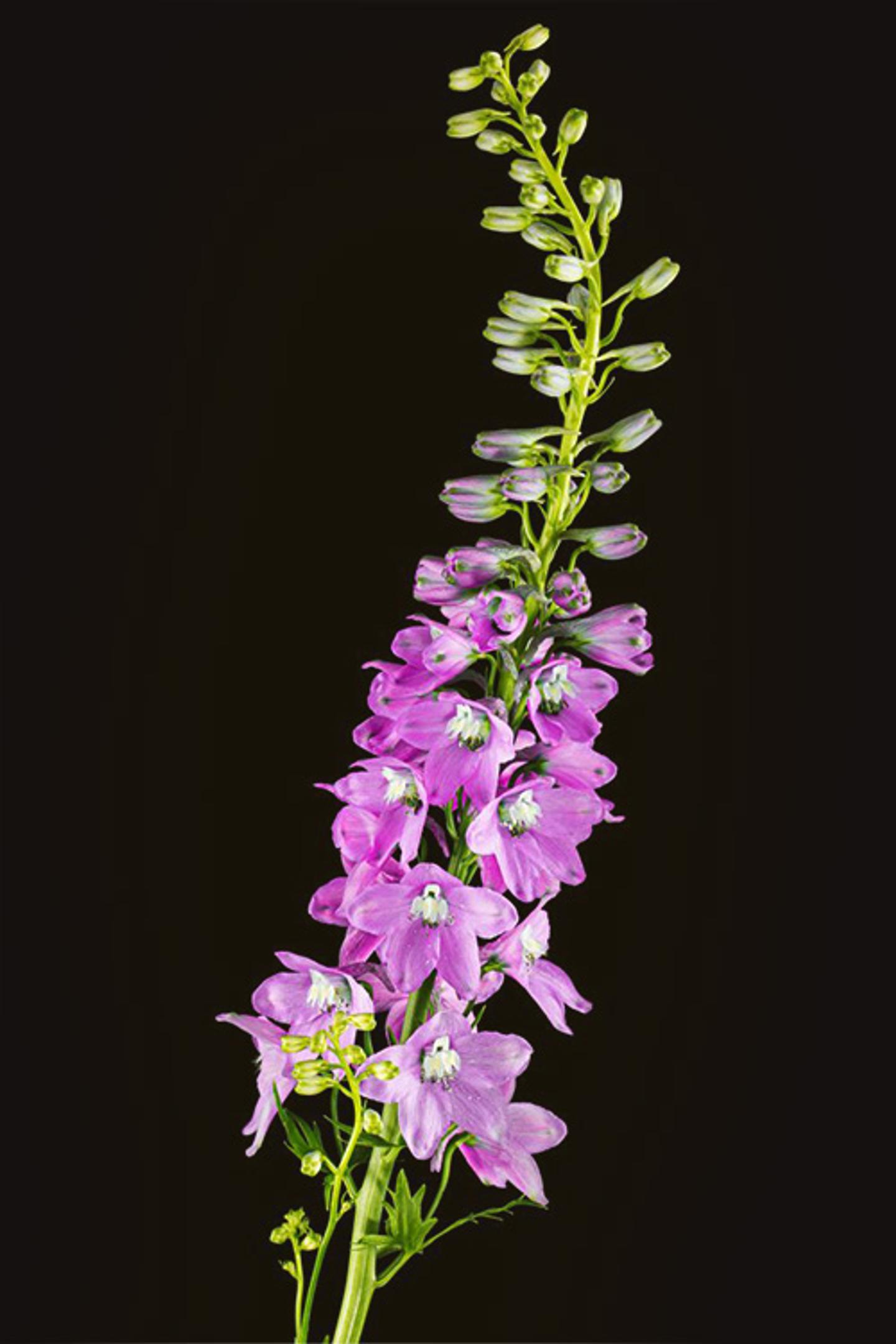
Larkspur
Larkspur is a member of the Ranunculaceae family and is native to the Northern Hemisphere and the mountains of tropical Africa. Pro Tip: Don’t let your eyes fool you! While undoubtedly beautiful, Larkspur is toxic to humans and livestock.
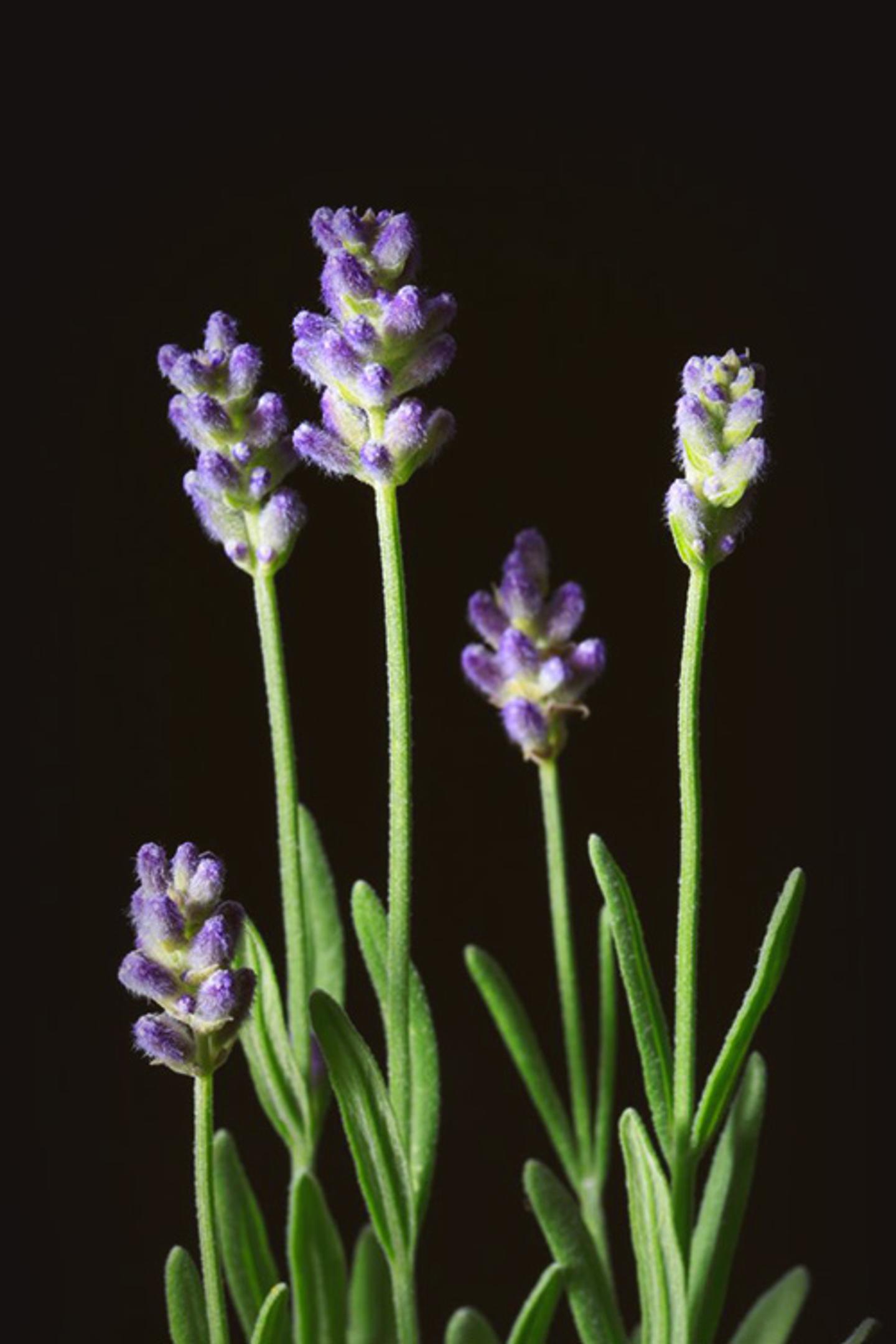
Lavender
A part of the mint family, the perfumy bloom we all know and (hopefully) love, we’re talking about lavender!
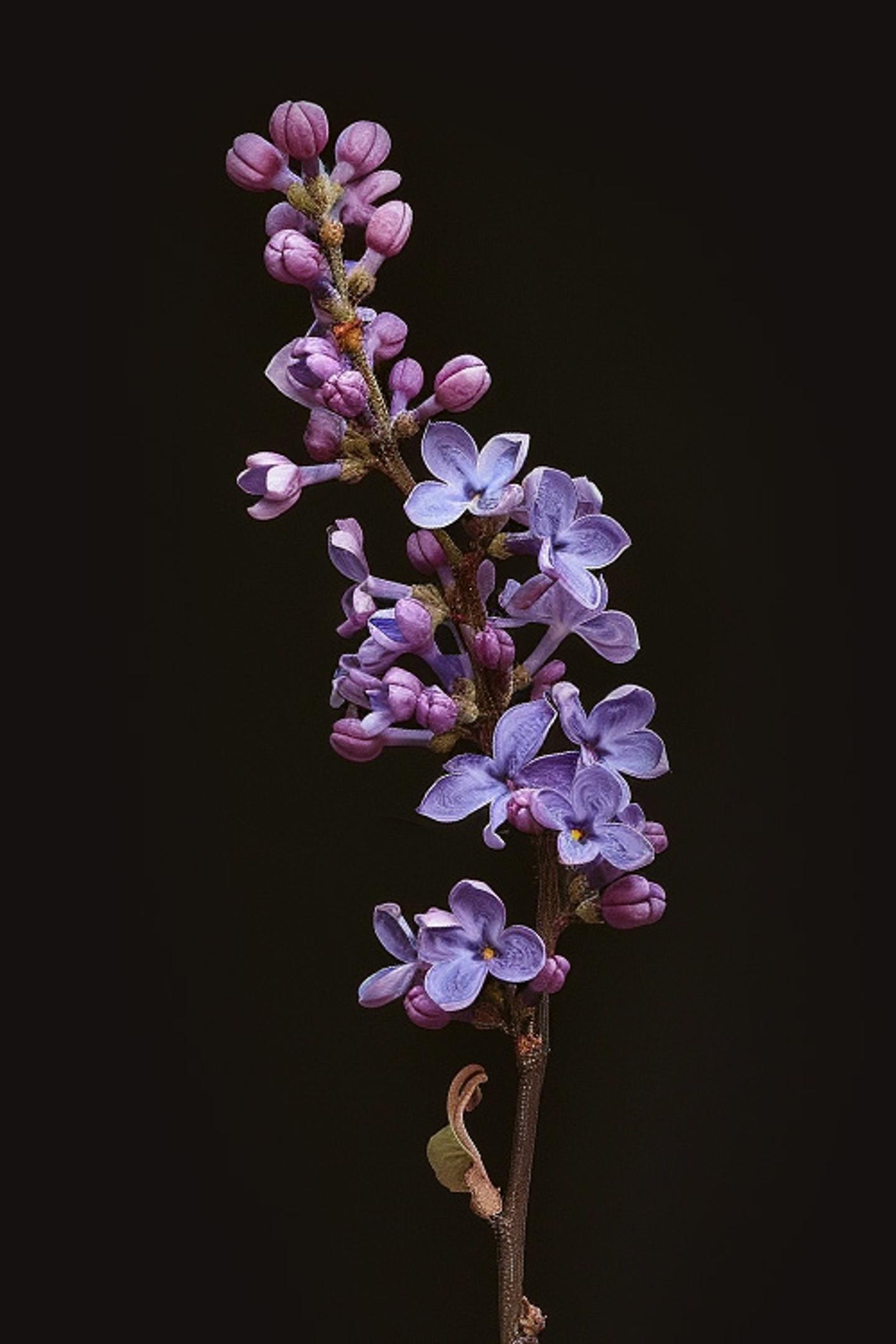
Lilac
Just when winter starts to feel like an endless Game of Thrones episode—boom!—suddenly the lilac blooms and you know that spring is here. This fragrant favorite gets the season started, with a scent that never fails to make us nostalgic for young love.
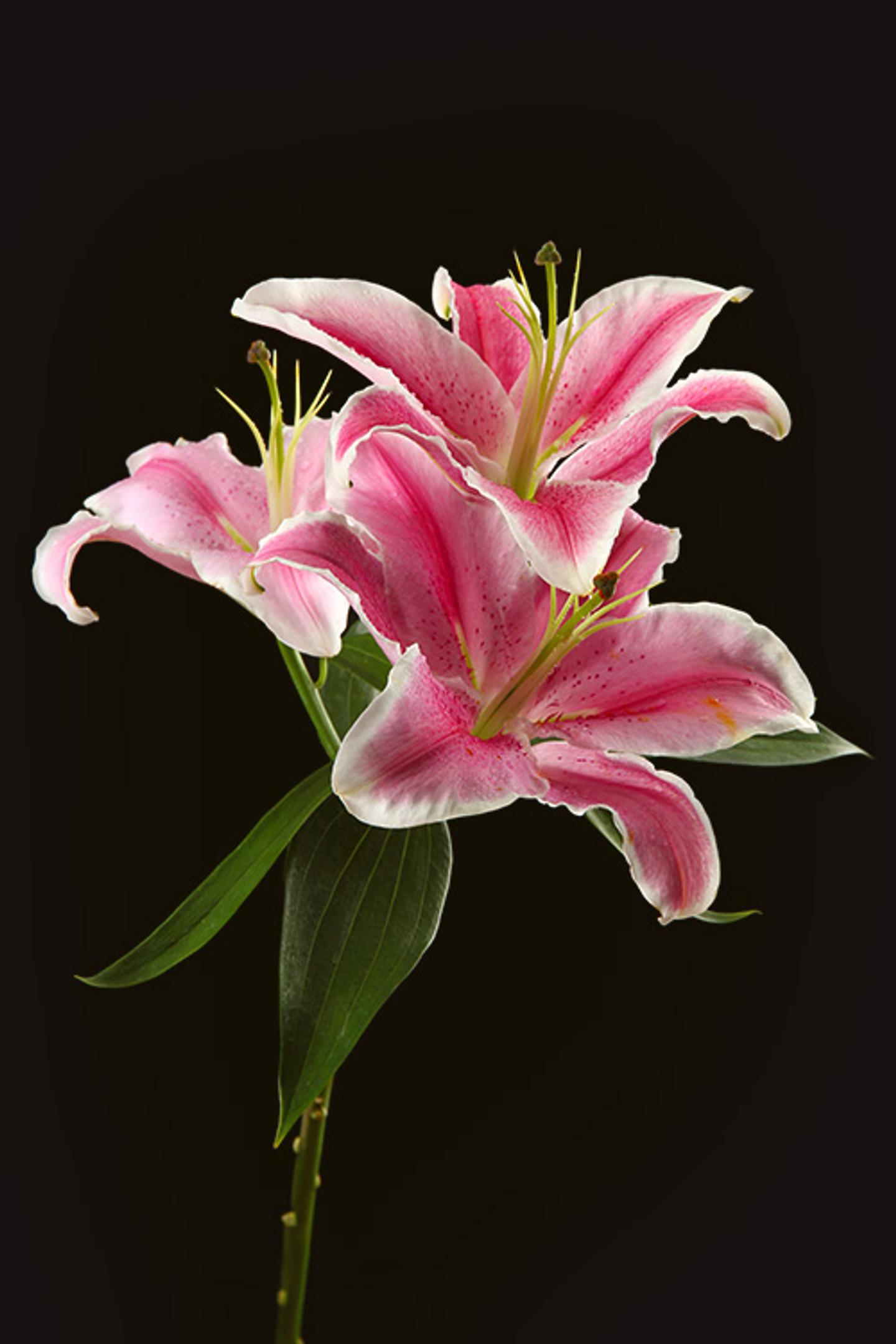
Lily
More than just a 30th Anniversary flower!

Larkspur
Larkspur is a member of the Ranunculaceae family and is native to the Northern Hemisphere and the mountains of tropical Africa. Pro Tip: Don’t let your eyes fool you! While undoubtedly beautiful, Larkspur is toxic to humans and livestock.

Lavender
A part of the mint family, the perfumy bloom we all know and (hopefully) love, we’re talking about lavender!

Lilac
Just when winter starts to feel like an endless Game of Thrones episode—boom!—suddenly the lilac blooms and you know that spring is here. This fragrant favorite gets the season started, with a scent that never fails to make us nostalgic for young love.

Lily
More than just a 30th Anniversary flower!
Ready to send beautiful flowers?
Our guided experience helps you send a one-of-a-kind arrangement perfect for every occasion.
Send Flowers